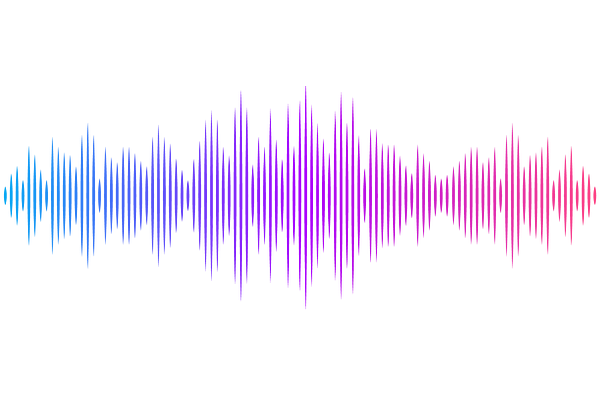The dorsal thalamic lateral geniculate nucleus is required for visual control of head direction cell firing direction in rats

The dorsal thalamic lateral geniculate nucleus is required for visual control of head direction cell firing direction in rats
Street, J. S.; Jeffery, K. J.
AbstractHead direction (HD) neurons, signalling facing direction, generate a signal that is primarily anchored to the outside world by visual inputs. We investigated the route for visual landmark information into the HD system in rats. There are two candidates: an evolutionarily older, larger subcortical (retino-tectal) pathway specialised for coarse vision, and a smaller cortical (retino-geniculo-striate) pathway for higher acuity vision. We disrupted the cortical pathway by lesioning the dorsal lateral geniculate (dLGN) thalamic nuclei bilaterally, and recorded HD cells in postsubicular (PoS) cortex as rats foraged in a visual-cue-controlled enclosure. In dLGN-lesioned rats we found the expected number of PoS HD cells. Although directional tuning curves were broader across a trial, this was due to increased instability of otherwise normal-width tuning curves. Tuning curves were also poorly responsive to polarizing visual landmarks, and did not distinguish cues based on their visual pattern. Thus, the retino-geniculo-striate pathway is not critical for generation of an underlying, tightly-tuned directional signal, but does provide the main route for vision-based anchoring of the signal to the outside world, even when visual cues are high-contrast and low in detail.